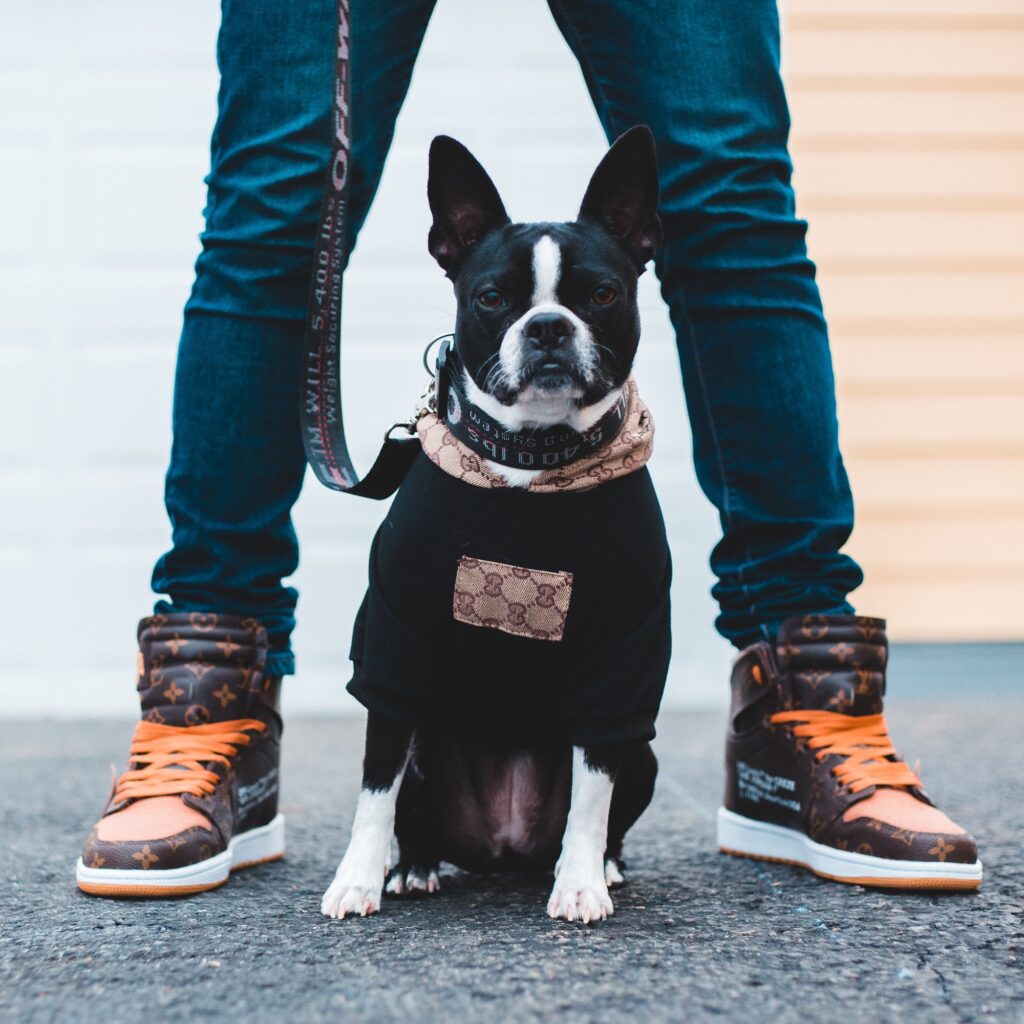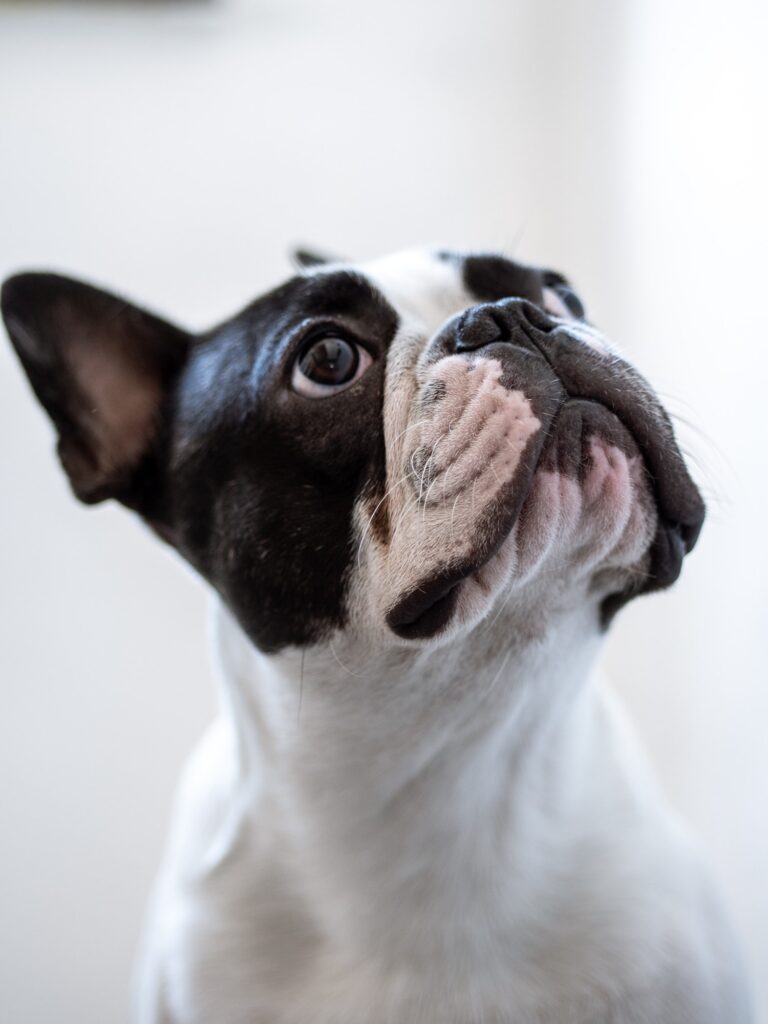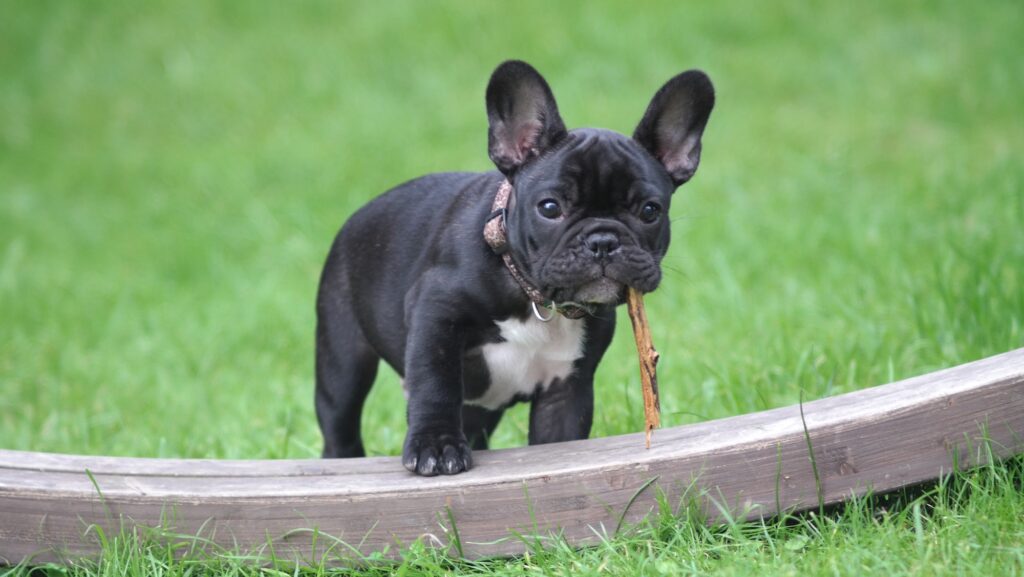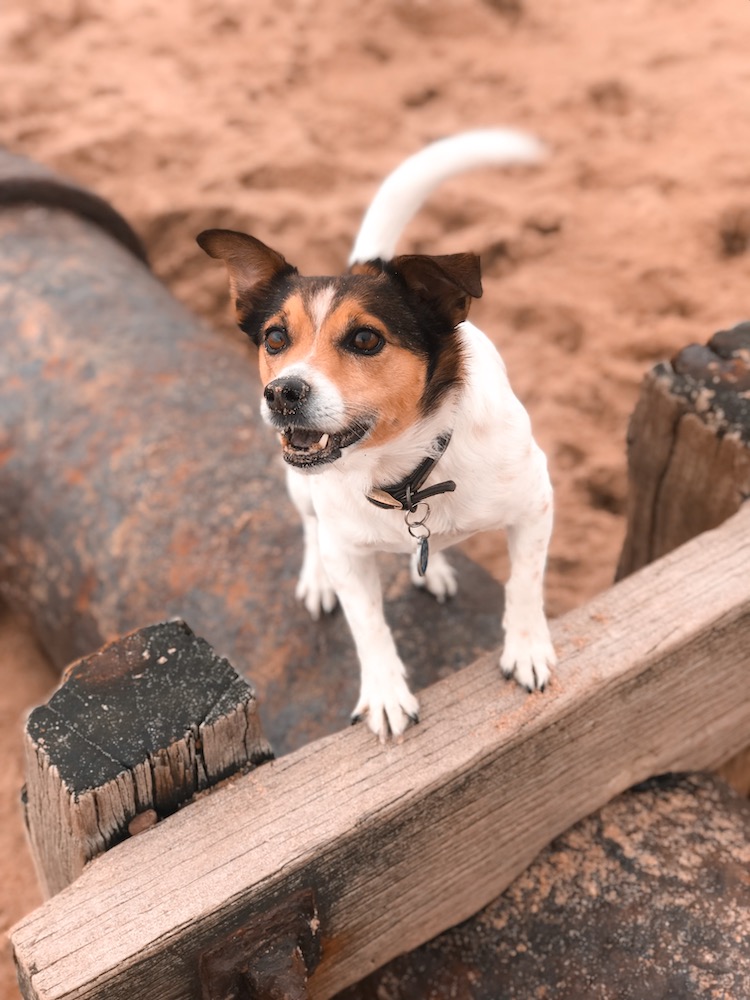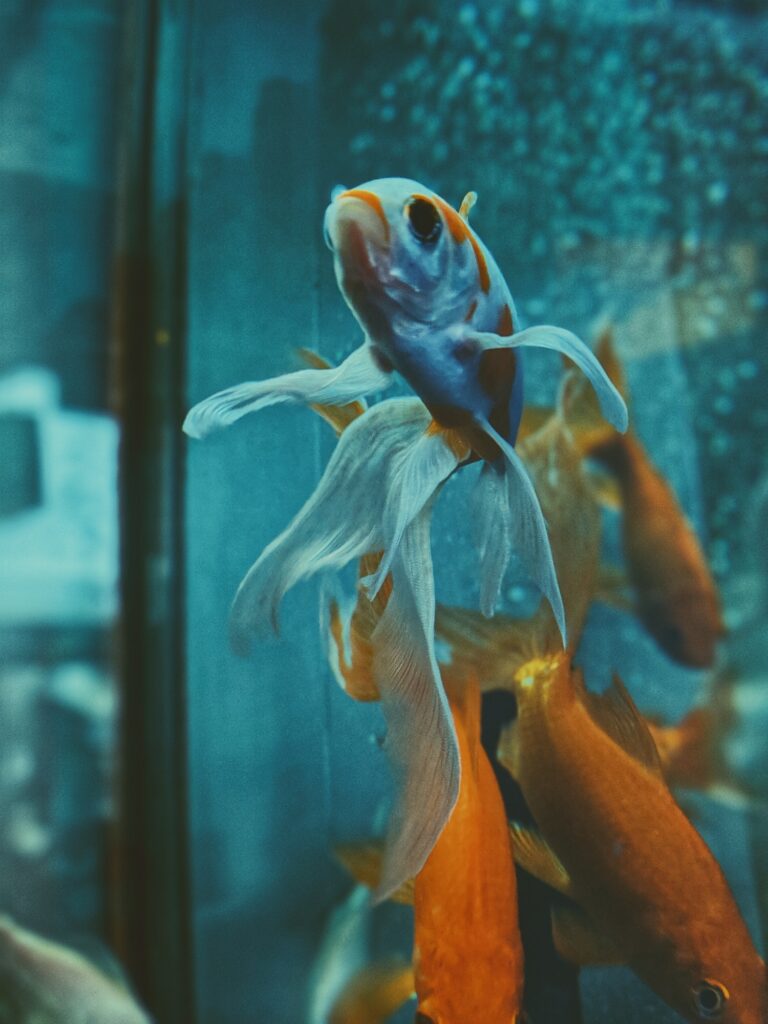Many people adore brachycephalic dogs like bulldogs, bull mastiffs, boxers, Boston terriers, Pekingese, pugs, and other breeds with shortened snouts and cute flat faces. According to the American College of Veterinary Surgeons, these dogs are brachycephalic, which means ‘short-headed”. As adorable brachycephalic dogs look, they often suffer from a condition known as brachycephalic airway syndrome.
Dogs suffering from the brachycephalic syndrome are prone to noisy breathing and loud snoring. Some dogs may also suffer from tracheal collapse; reverse sneezing, or a sensitive gag reflex. In extreme cases, the lack of oxygen can turn their tongue or gums blue, and they can even collapse due to overexertion. Because brachycephalic dogs have difficulty breathing, they do not tolerate vigorous activities well and are susceptible to exhaustion and stroke from heat.
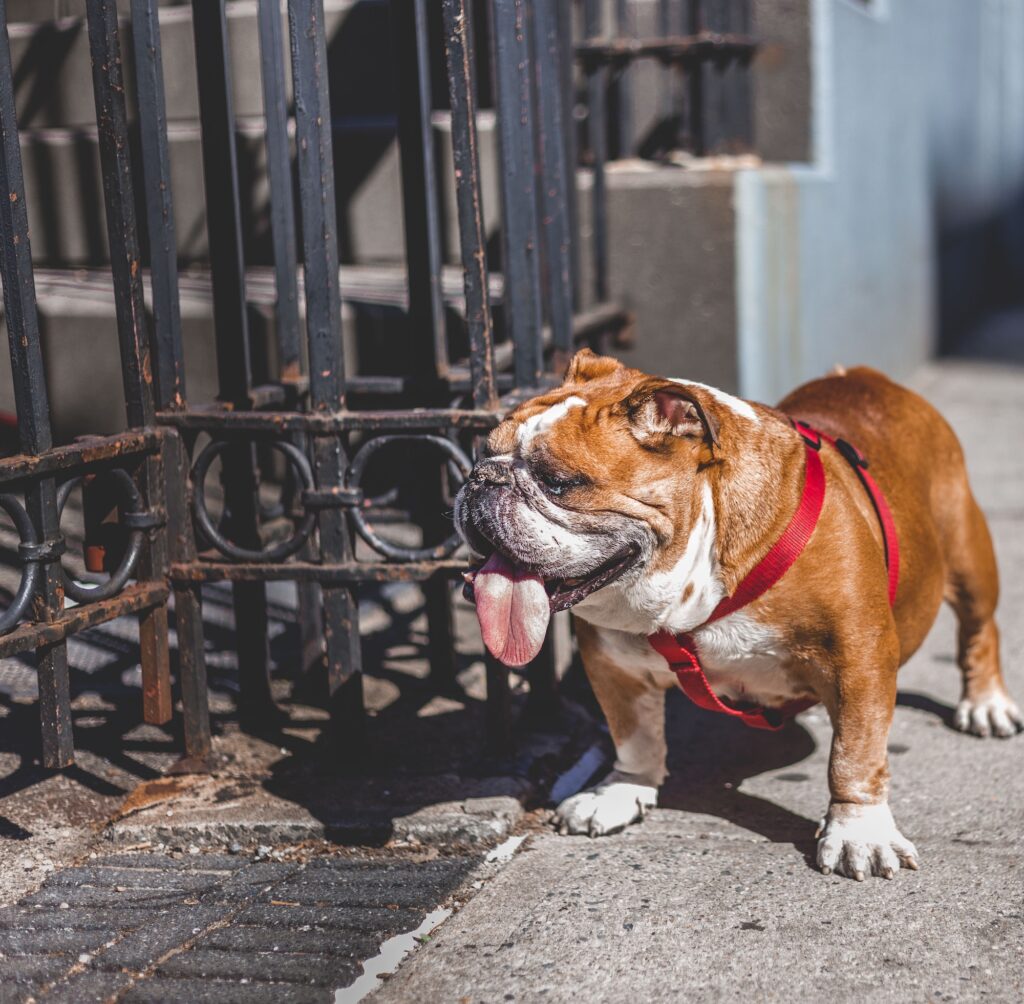
4 Things Owners of Brachycephalic Dogs Should Know About Caring for Them
Abnormalities of the Upper Airway in Brachycephalic Dogs
A brachycephalic dog can suffer from one or more upper airway abnormalities, making it necessary for their owners to exercise more care in looking after them. The conditions include:
Stenotic nares
It is a condition typified by small or narrow nostrils that make it difficult for the dog to breathe through its nose due to the restricted airflow.
Elongated soft palate
In some brachycephalic dogs, the soft palate or the tissue on the mouth’s roof is longer than it should be. As a result, it extends into the back of the throat, causing a blockage of the trachea.
Hypoplastic trachea
In this condition, the trachea or windpipe of the brachycephalic dog is narrower than normal, resulting in sub-optimal air delivery into its lungs.
Everted laryngeal saccules
When a brachycephalic dog struggles to breathe due to an elongated soft palate or narrowed nostrils, the laryngeal saccules, which are small sacs inside the larynx of the dog, can turn outward and further obstruct the brachycephalic dog’s airway.
Symptoms Displayed by Brachycephalic Dogs
Extra-loud Snoring
If your dog is brachycephalic, it will likely be snoring very loudly. Sometimes the snoring may be so loud and disturbing that it may have to sleep in a different room. The extra-loud snoring is due to the shape of the dog’s nose and nasal passages. The smaller-than-usual nostrils of brachycephalic dogs can cause a partial obstruction of their airways. The dogs may also snore loudly because their elongated soft palates can block their windpipes partly.
Underbites
Brachycephalic dogs are more likely to suffer from bite abnormalities like underbite, resulting in damage to teeth and gums. It is due to the shape of their head and jaws brachycephalic breeds do not get the required space to accommodate their teeth without crowding. Despite the smaller space, all their teeth still need to fit in, leading to crowding and tooth rotation.
Precautions for Exercising Flat-Faced Dogs
As you will appreciate, the various respiratory issues of brachycephalic dogs mean you need to care about how much and what exercises they should do and avoid. For example, even if your dog loves a good splash in the pool, it is best to keep it out of the water because, with their short legs, stout chests, and breathing issues, they are unsuitable for swimming.
If keeping them out of the water is impossible, making them wear a life jacket and keeping a strict watch is advisable to prevent them from overexerting themselves. Also, you should avoid taking your dog for a morning jog because likely it will not be able to keep up with you due to its compromised breathing. Additionally, it could have health issues due to the extra strain.
Exercising Your Brachycephalic Dog Safely
Despite the obvious limitation of exercising your flat-faced dog, it does not mean you should allow the dog to slack off and become tubby. You must ensure your dog has a regular exercise routine to keep its muscles and joints healthy and its weight under control. Maintaining a strict vigil over your brachycephalic dog’s weight is vital because being overweight can make it harder for it to breathe.
While a brachycephalic dog has the same requirement as other dogs for exercising to work off excess energy that may otherwise result in destructive behavior, especially when left unsupervised. You must consult your vet before starting any new exercise for your flat-faced dog to ensure it is safe.
If you are unsure, you can ask the vet to suggest exercises to help it to work off energy and maintain optimum weight. Some activities you may like to try include yoga, a home obstacle course, and walks. In the absence of a professional dog yoga class nearby, you can try gentle stretching exercises to help relax your dog and maintain the range of motion of its joints.
Consider making an indoor obstacle course with boxes, furniture, and household items for your dog to keep its heart rate up without exposing it to the heat outdoors. Walking your dog daily is an excellent way of maintaining its fitness, but you should make sure you make the dog wear a harness, not a collar to allow it to breathe more easily. Also, avoid the walk when the weather is too hot or humid.
Keep Your Brachycephalic Dog Cool
Panting is an essential function for dogs as it helps them to cool down. Because of their structural limitations restricting free breathing, brachycephalic dogs have significantly more risk of heatstroke, especially if they are obese. These dogs find it more difficult to pant and cool them down. As a concerned owner, you should ensure your dog can easily access fresh and cool water. If the weather warrants, you may consider keeping them in an air-conditioned room, especially if it is humid.
Conclusion
Despite their many physical limitations and potential health complications, brachycephalic dogs make great pets. They are friendly, affectionate, and sociable and get along well with children. Because of their low energy levels, they do not need much exercise, which makes them a good choice for those living in apartments. However, potential owners will do well to learn their requirements and be ready to give them the extra attention and care they need. You may like to consult a vet before adopting a brachycephalic dog.
